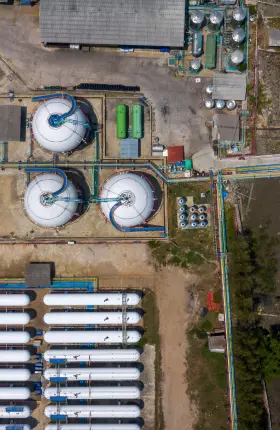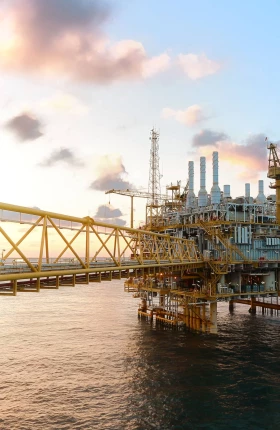As the world seeks to reduce greenhouse-gas emissions, oil and gas companies need to step up as well. Drilling for fossil fuels will always involve some level of CO2 emissions, but companies can do a better job of decarbonizing their upstream oil and gas operations.
By tailoring an incremental approach to their constraints and opportunities, upstream players can reduce their carbon footprint while limiting any negative economic impact.






